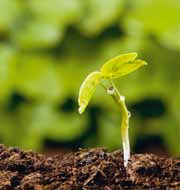Ganaderia mediterrnea
Sardinian fermented sheep sausage: Microbial biodiversity resource for quality improvement N.P. Mangia, M.A. Murgia, G. Garau, R. Merella and P. Deiana Dipartimento di Scienze Ambientali Agrarie e Biotecnologie Agroalimentari, Sezione di Microbiologia, Università di Sassari, V.le Italia, 39, 07100 Sassari, Italy SUMMARY – With the aim of improving the quality and the value of th
 PROGRAMME
PROGRAMME  PROGRAMME
PROGRAMME